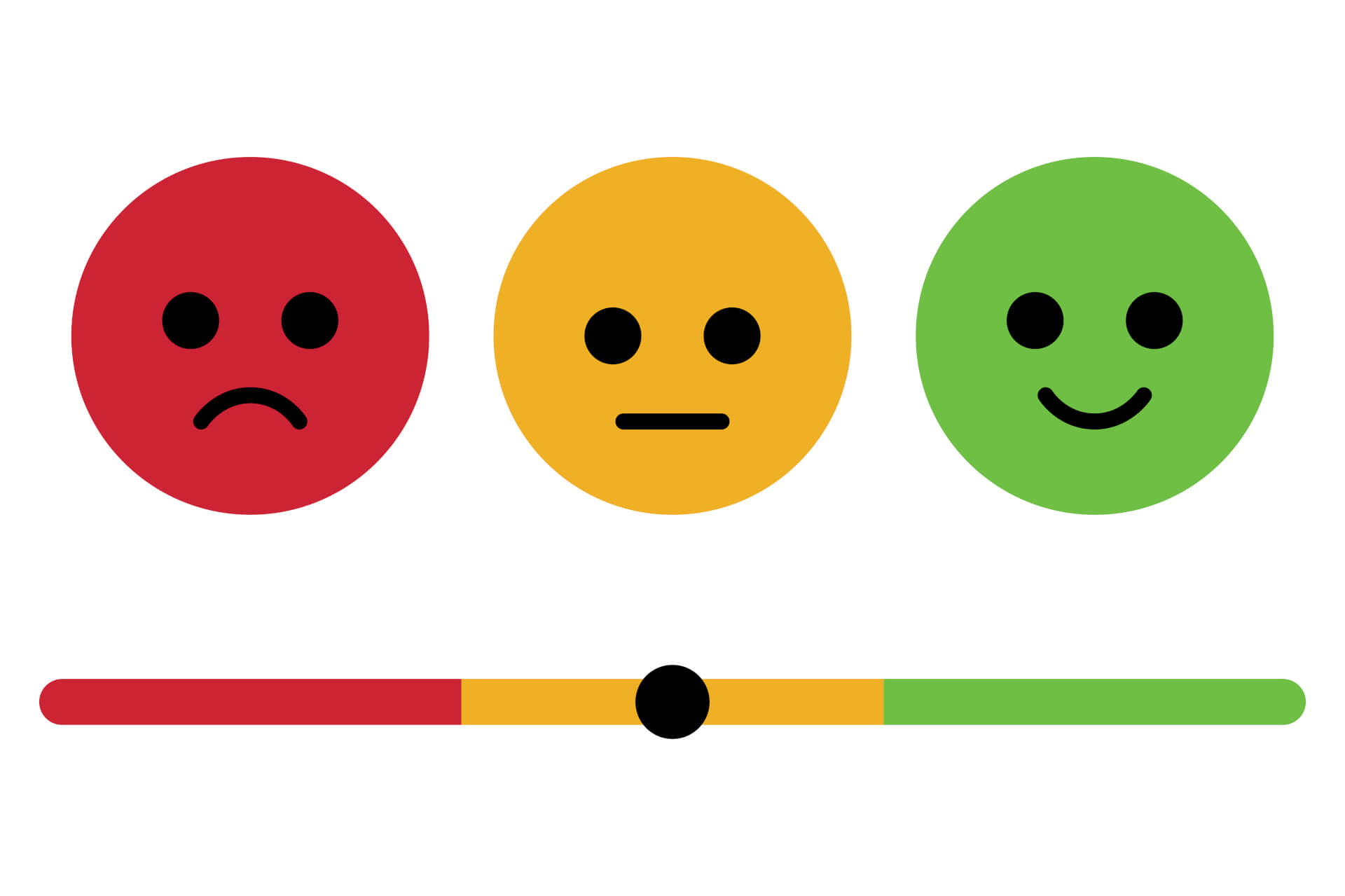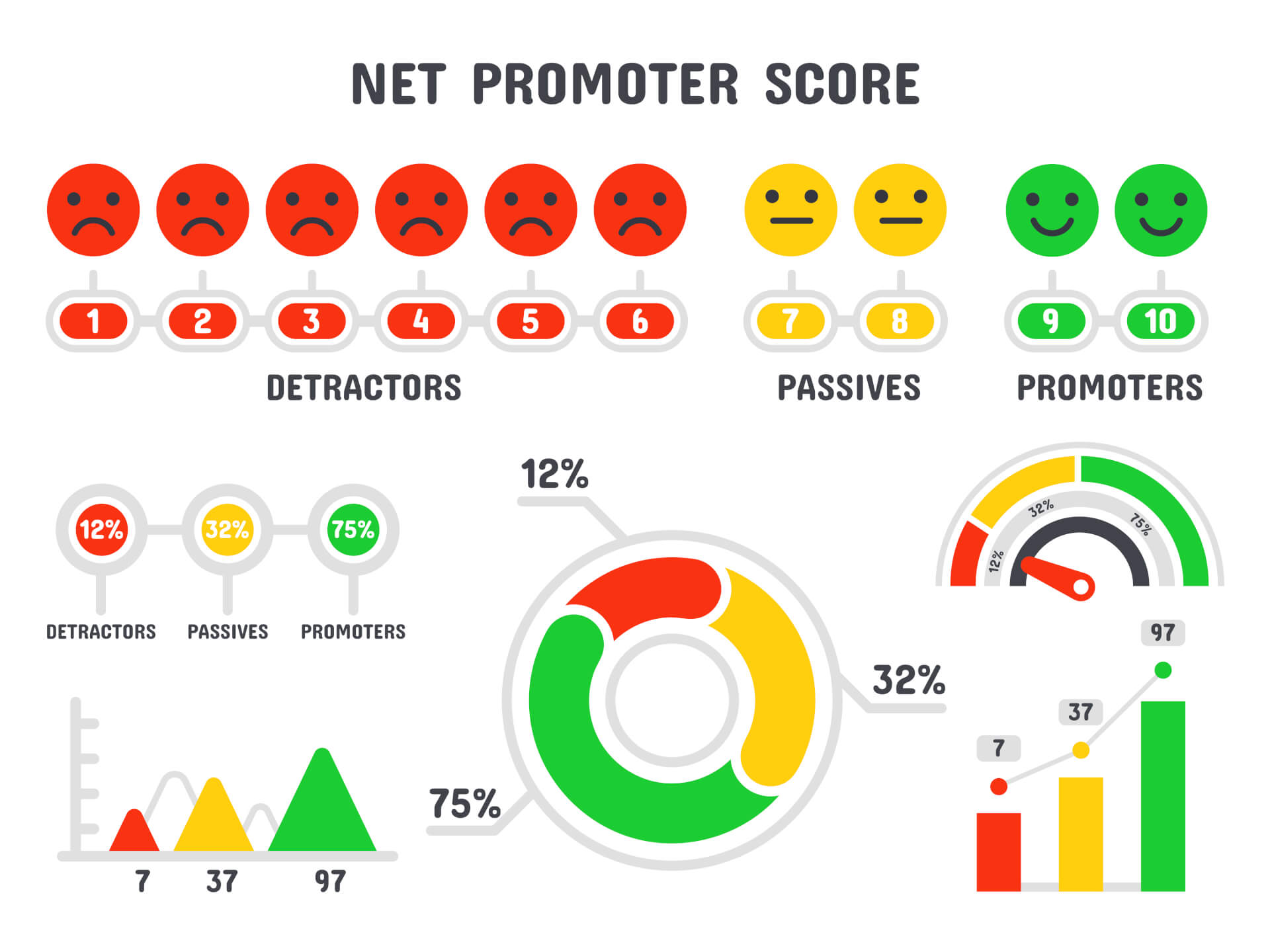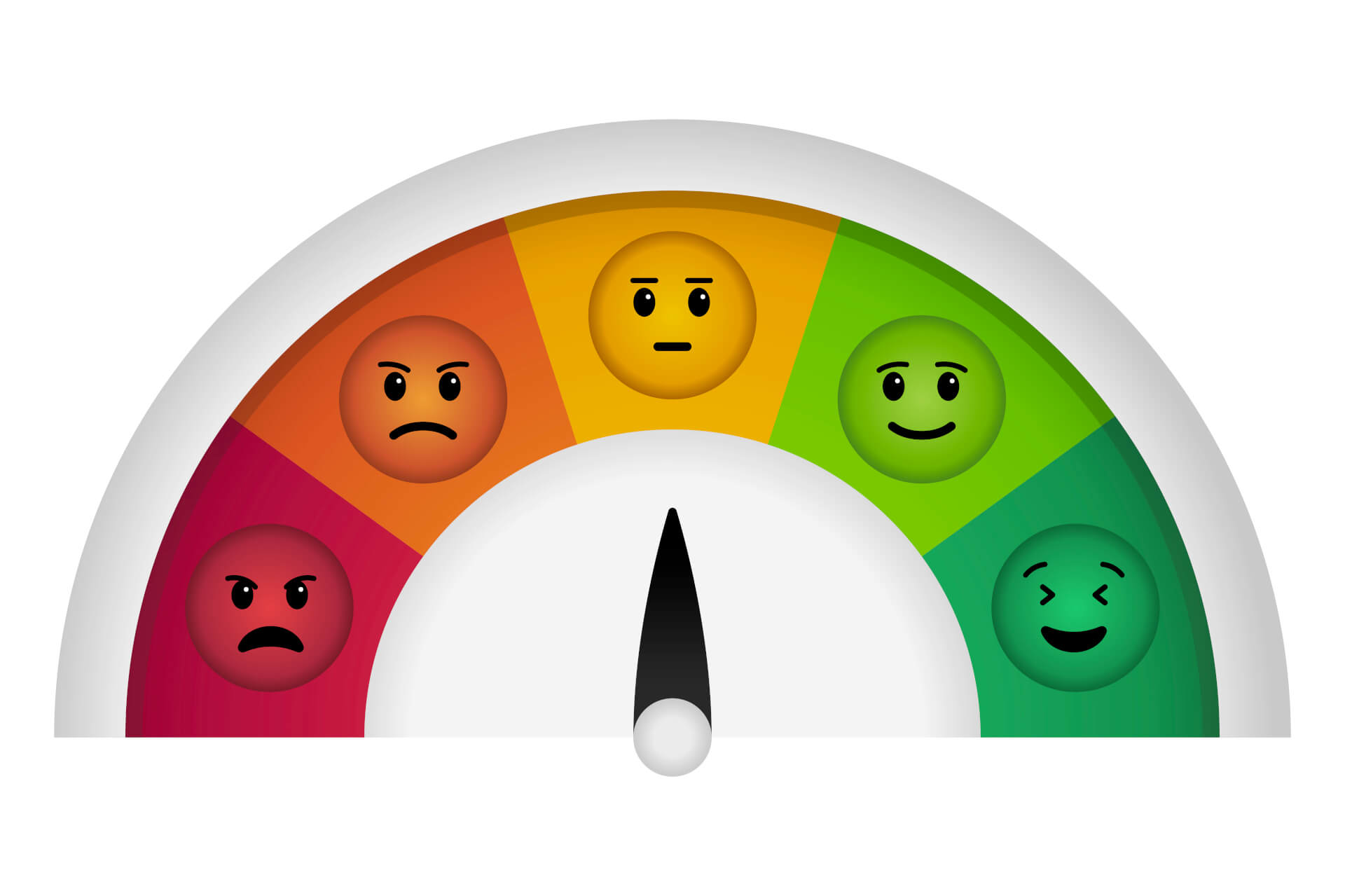
Table of Contents
- Importance of Customer Loyalty
- Overview of NPS in Customer Experience Management
- Historical Context
- Understanding Net Promoter Score
- Why The Net Promoter Score Matters
- Implementing NPS in Your Business
- Interpreting NPS Data
- Responding to NPS Feedback
- Common Challenges in NPS Implementation
- NPS in Different Industries
- Future Trends in NPS
- Conclusion
Importance of Customer Loyalty

Customer loyalty is a crucial determinant of business success. Loyal customers not only make repeat purchases but also act as brand ambassadors, driving word-of-mouth marketing and reducing acquisition costs.
Building and maintaining customer loyalty leads to sustainable growth, higher customer lifetime value, and improved profitability.
Overview of NPS in Customer Experience Management

In the realm of customer experience management, NPS stands out as a vital tool.
It provides actionable insights into customer perceptions and helps businesses identify areas for improvement. By understanding NPS and its implications, companies can develop targeted strategies to enhance customer satisfaction and loyalty.
Historical Context

Origin of NPS
The concept of NPS was introduced in 2003 by Fred Reichheld in his Harvard Business Review article titled "The One Number You Need to Grow."
Reichheld's research revealed that companies with high NPS scores tend to grow faster than their competitors. This simple yet powerful metric quickly gained traction and has since become a standard measure of customer loyalty across industries.

Evolution of Customer Feedback Mechanisms
Before the advent of NPS, businesses relied on traditional customer satisfaction surveys that often provided complex and cumbersome results.
These surveys required extensive analysis and did not always correlate directly with business growth. NPS revolutionized this approach by offering a straightforward, easily interpretable metric that directly links customer feedback to business outcomes.
Understanding Net Promoter Score

How NPS is Calculated
NPS is calculated by subtracting the percentage of Detractors (those who rate 0-6) from the percentage of Promoters (those who rate 9-10).
The resulting score can range from -100 to +100. Passives (those who rate 7-8) are included in the total number of respondents but do not directly affect the score.
Categories: Promoters, Passives, Detractors
- Promoters (9-10): Loyal enthusiasts who will keep buying and refer others, fueling growth.
- Passives (7-8): Satisfied but unenthusiastic customers who are vulnerable to competitive offerings.
- Detractors (0-6): Unhappy customers who can damage your brand and impede growth through negative word-of-mouth.
 The NPS Scale and Its Interpretation
The NPS Scale and Its Interpretation
The NPS scale provides a clear indication of overall customer sentiment:
- A positive NPS (>0) suggests more promoters than detractors, indicating good customer satisfaction.
- A high NPS (>50) is exceptional and indicates strong customer loyalty.
- A negative NPS (<0) highlights more detractors than promoters, signaling potential issues that need addressing.
Why The Net Promoter Score Matters

Correlation Between NPS and Business Growth
Numerous studies have shown a strong correlation between high NPS scores and business growth.
Companies with higher NPS tend to experience increased customer retention, higher revenue growth, and better profitability compared to their lower-scoring counterparts.
NPS as a Predictor of Customer Behavior
NPS is not just a measure of current customer satisfaction; it is also a predictor of future customer behavior.
Promoters are more likely to make repeat purchases and recommend the company to others, while Detractors are more likely to churn and spread negative feedback.
Impact on Revenue and Profitability
Improving NPS can have a direct impact on a company's bottom line.
By converting Detractors into Promoters, businesses can reduce churn, increase customer lifetime value, and lower acquisition costs.
Moreover, promoters often spend more and are less price-sensitive, contributing to higher revenue and profitability.
Implementing NPS in Your Business
Steps to Conduct NPS Surveys
- Define the Objective: Clearly state what you aim to achieve with the NPS survey.
- Design the Survey: Include the standard NPS question and additional follow-up questions for detailed insights.
- Distribute the Survey: Choose appropriate channels (email, SMS, in-app) to reach your customers.
- Collect Responses: Ensure a user-friendly experience to maximize response rates.
- Analyze Results: Segment responses into Promoters, Passives, and Detractors, and calculate your NPS.
 Timing and Frequency of NPS Surveys
Timing and Frequency of NPS Surveys
The timing and frequency of NPS surveys can significantly impact response rates and data accuracy. Best practices include:
- Post-Transaction Surveys: Sent immediately after a customer interaction to capture fresh feedback.
- Periodic Surveys: Regular intervals (e.g., quarterly or annually) to track changes over time.
- Triggered Surveys: Based on specific customer actions or lifecycle stages.
Interpreting NPS Data
Analyzing NPS Results
Effective analysis of NPS results involves looking beyond the score itself. Consider:
- Response Distribution: The proportion of Promoters, Passives, and Detractors.
- Trends Over Time: Changes in NPS over different periods.
- Text Analysis: Qualitative insights from open-ended follow-up questions.
 Segmenting Customers Based on NPS
Segmenting Customers Based on NPS
Segmenting customers based on their NPS responses can help tailor engagement strategies:
- Promoters: Reward loyalty with exclusive offers and incentives.
- Passives: Identify opportunities to elevate their experience.
- Detractors: Address pain points and resolve issues to prevent churn.
Identifying Trends and Patterns
By analyzing NPS data, businesses can identify trends and patterns such as:
- Regional Differences: Variations in customer satisfaction across different locations.
- Product Feedback: Insights into specific products or services that need improvement.
- Customer Journey Insights: Understanding which touchpoints drive loyalty or dissatisfaction.
Responding to NPS Feedback

Strategies for Dealing with Promoters
Engaging Promoters effectively can turn them into brand advocates:
- Personalized Thank Yous: Acknowledge their loyalty with personalized messages.
- Referral Programs: Encourage them to refer friends and family.
- Exclusive Offers: Provide special discounts or early access to new products.
 Engaging Passives to Increase Loyalty
Engaging Passives to Increase Loyalty
Passives, while not detractors, represent an opportunity to increase loyalty:
- Gather Feedback: Understand what prevents them from becoming promoters.
- Improve Experience: Make targeted improvements based on their feedback.
- Offer Incentives: Provide incentives to boost their engagement and satisfaction.
 Addressing Concerns of Detractors
Addressing Concerns of Detractors
Effectively addressing Detractors' concerns is critical to improving NPS:
- Immediate Action: Respond quickly to their feedback and resolve issues.
- Root Cause Analysis: Identify underlying problems causing dissatisfaction.
- Follow-Up: Ensure issues are resolved to their satisfaction and communicate improvements made.
Common Challenges in NPS Implementation
 Handling Low Response Rates
Handling Low Response Rates
Low response rates can skew NPS data and hinder actionable insights. To tackle this:
- Simplify Surveys: Keep surveys short and user-friendly.
- Incentivize Participation: Offer rewards for completing surveys.
- Optimize Timing: Send surveys at appropriate times to maximize responses.
 Dealing with Biased Feedback
Dealing with Biased Feedback
Bias in feedback can distort NPS results. Strategies to minimize bias include:
- Random Sampling: Ensure a diverse and representative sample of respondents.
- Anonymous Responses: Encourage honest feedback by allowing anonymous responses.
- Balanced Questions: Avoid leading questions that may influence responses.
Ensuring Consistent Follow-Up
Consistent follow-up is essential for addressing customer concerns and improving NPS. Implement systems to:
- Track Responses: Monitor feedback and assign follow-up tasks.
- Automate Processes: Use CRM tools to automate follow-up communications.
- Measure Impact: Evaluate the effectiveness of follow-up actions on NPS improvement.
NPS in Different Industries

Retail
In retail, NPS helps businesses understand customer preferences and improve shopping experiences. Retailers use NPS to identify top-performing stores, optimize product assortments, and enhance customer service.
Technology
Tech companies leverage NPS to gauge user satisfaction with software and hardware products. NPS insights guide product development, feature enhancements, and support services to meet customer needs.
Healthcare
In healthcare, NPS is used to assess patient satisfaction and improve care quality. Hospitals and clinics use NPS feedback to refine patient interactions, reduce wait times, and enhance overall patient experiences.
Hospitality
The hospitality industry relies on NPS to measure guest satisfaction and loyalty. Hotels and resorts use NPS data to improve amenities, service quality, and guest experiences, driving repeat business and positive reviews.
Future Trends in NPS

Integration with AI and Machine Learning
The future of NPS lies in integrating AI and machine learning to analyze vast amounts of feedback data.
These technologies can uncover deeper insights, predict customer behavior, and personalize customer interactions.
Predictive Analytics in Customer Loyalty
Predictive analytics will play a significant role in NPS, enabling businesses to forecast customer loyalty trends and proactively address potential issues.
This predictive approach helps in making data-driven decisions to enhance customer experience.
Evolution of Customer Feedback Mechanisms
Customer feedback mechanisms will continue to evolve, incorporating real-time feedback, social media sentiment analysis, and advanced survey techniques.
This evolution will provide a more comprehensive understanding of customer satisfaction and loyalty.
Conclusion
Recap of the Importance of NPS
The Net Promoter Score is a powerful tool for measuring and improving customer loyalty.
By providing a clear and actionable metric, NPS helps businesses understand customer sentiments, identify areas for improvement, and drive growth.
Final Thoughts on Building Lasting Customer Loyalty
Building lasting customer loyalty requires a deep understanding of customer needs and continuous efforts to enhance their experience.
By effectively implementing and leveraging NPS, businesses can foster stronger relationships with their customers, ensuring long-term success and profitability.

Recommended reading: If this article helped you and you would like to learn more about the role of NPS in shaping the customer experience, continue reading here: "The role of NPS in customer experience (CX)"
